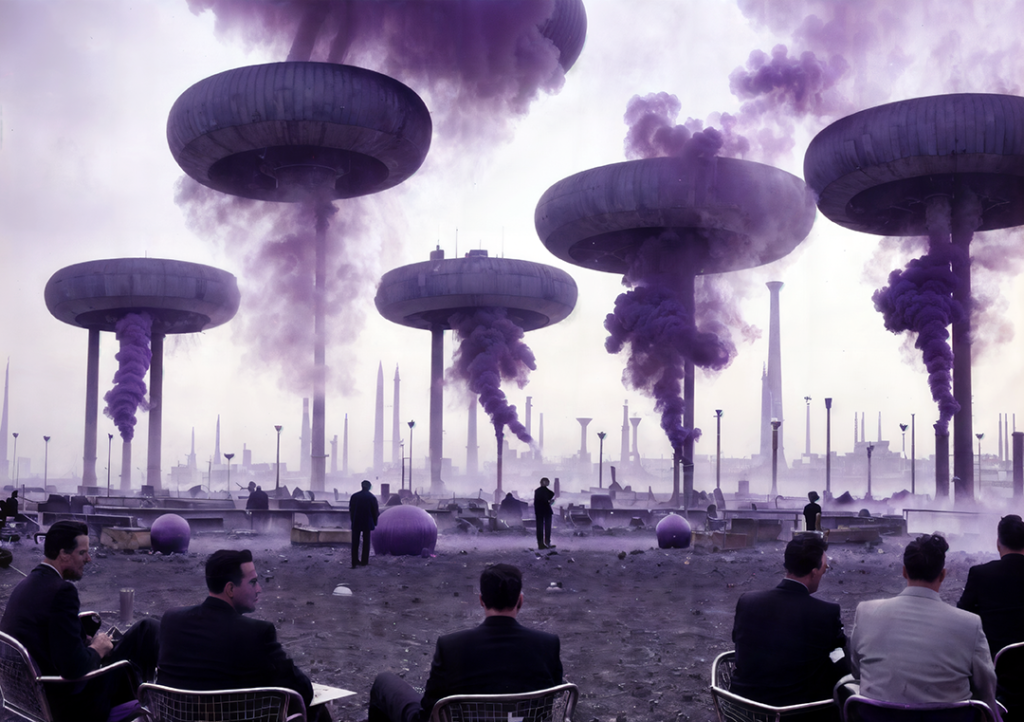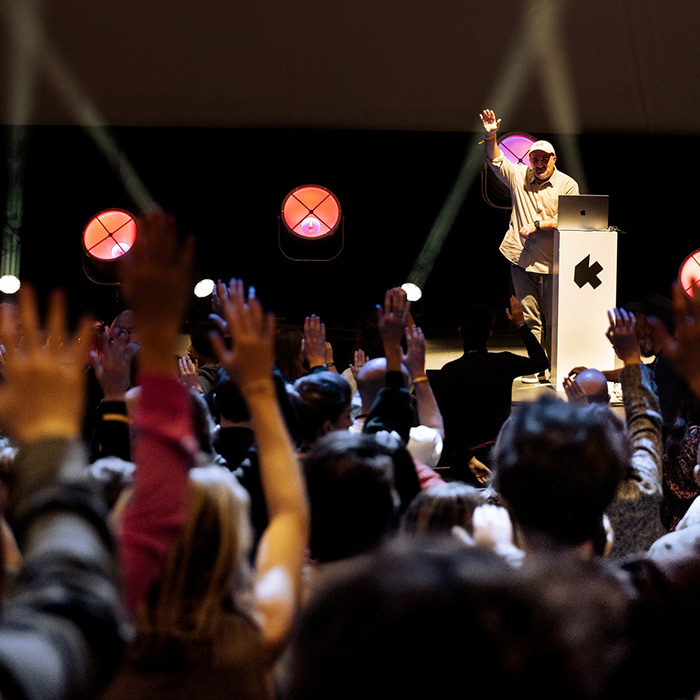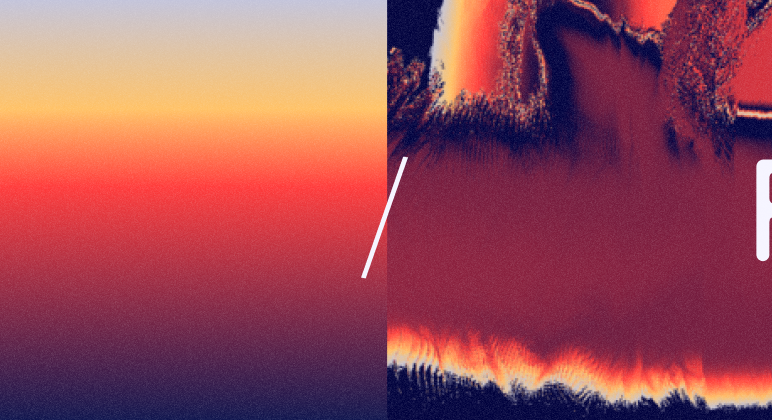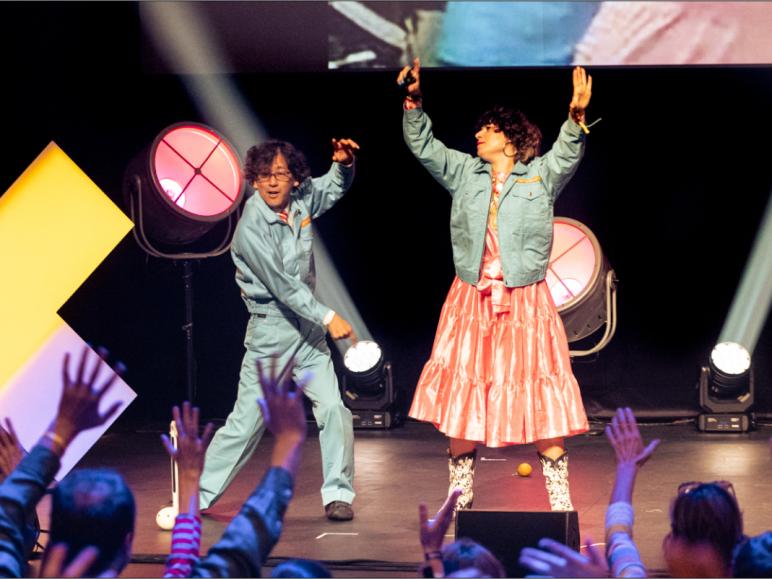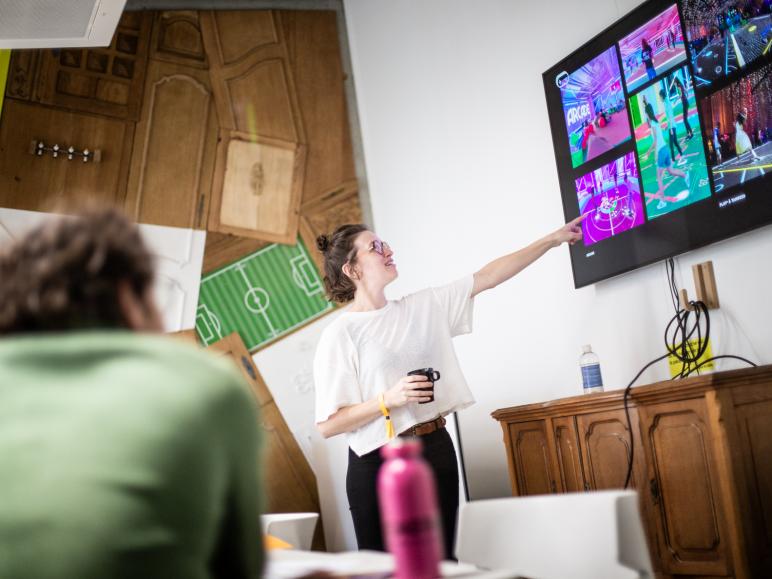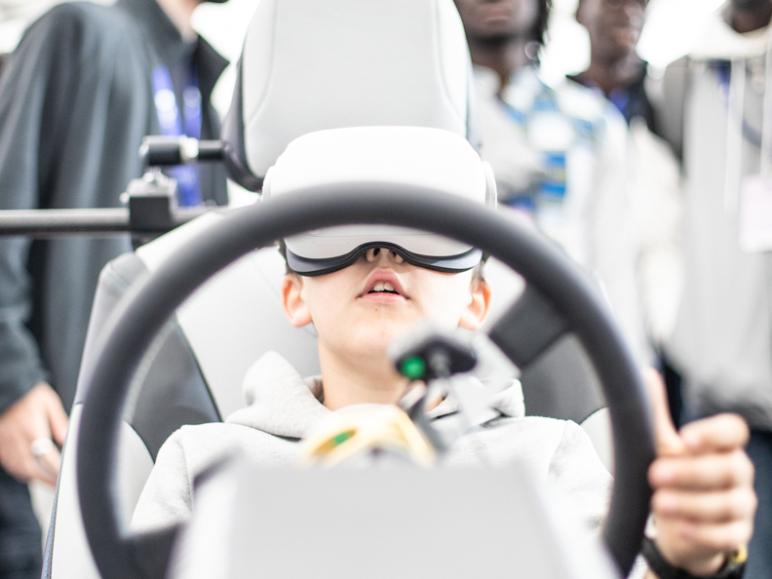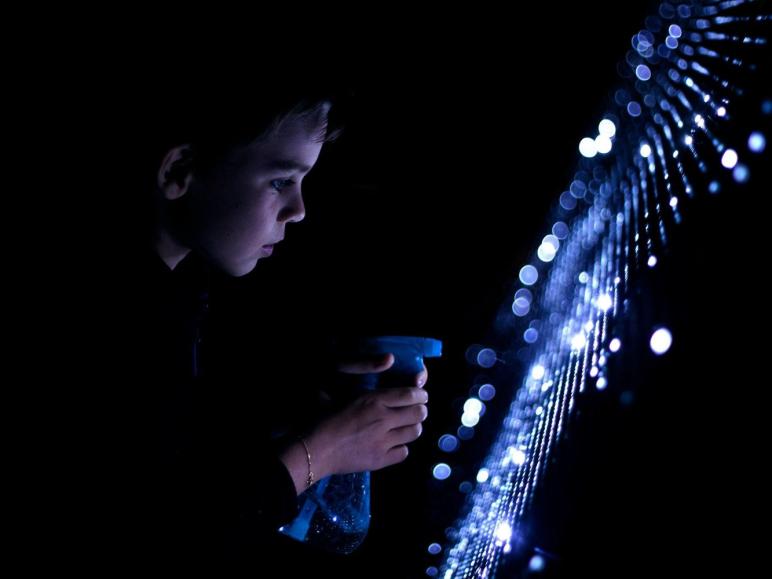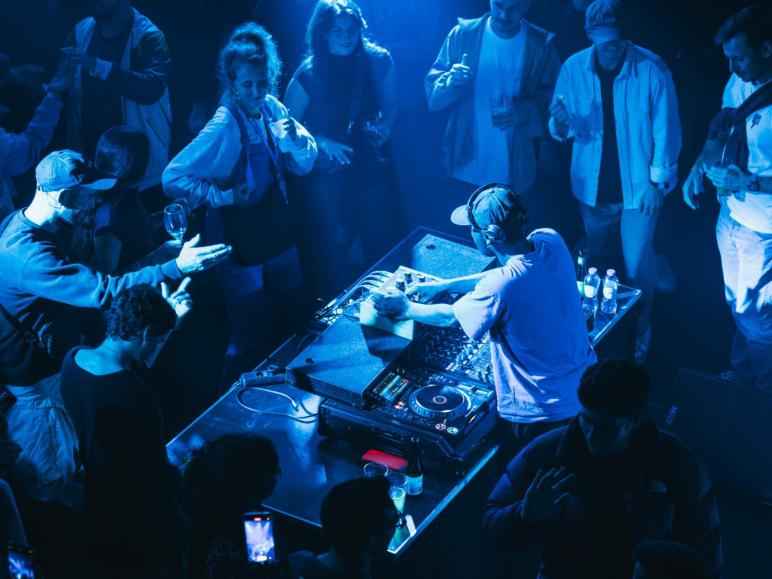Grégory Chatonsky
Grégory Chatonsky is a French-Canadian artist who explores a troubled zone between the human being and technology in his fictions and his way of working. This confusion modifies the definition of finitude to the point where it is no longer existential.
His work is an exploration of anthropotechnology. The artist uses digital and traditional media to create a body of work that is continually rearranged for each exhibition. Exploring themes such as learning, memory, extinction and resurrection, these works evoke a fiction without narrative. Each work represents a new iteration that occupies a specific position within a modular structure that functions as a latent space.
He founded Incident.net, a Netart platform, in 1994. In the 2000s, he explored digital materiality as ruins and flux. From 2009 onwards, he experimented with AI, organizing a seminar at ENS Ulm on artificial imagination and pursuing his research into AI less as a technique than as a new artistic medium.
He has exhibited at the Palais de Tokyo, Centre Pompidou, Jeu de Paume, MOCA Taipei, Museum of Moving Image, Hubei Wuhan Museum and many other venues. His works can be found in private and public collections, including those of the CNAP, FAC, BNF, Hubei Museum and Musée Granet. He has taught at Le Fresnoy, UQAM, Artec and Musashino Art University.
After the Truth: in the Latent Spaces of Artificial Imagination
Our times seem to be marked by the multiplication of truth regimes and the virtual disappearance of common sense and the most elementary rationality. Minds seem to be engaged in an interminable battle, with each side elaborating its discourse in relation to what it anticipates from the other, in a game of feedback.
Faced with the difficulty of understanding this collapse of a truth (which probably never existed), could it be that the widespread use of AI in media production could provide some clues? Could the automation of resemblance through statistical induction, making it possible to generate media of media, resembling but each time different, be the medium of a new age of truth? Would the latent space of AIs take the place of the photorealism of indexical media that determined twentieth-century realism? Are we witnessing the emergence of a new realism, based on a new memory, of which regimes of truth are only one effect?
These questions will be addressed, drawing on some of my work which, since 2009, has explored AI as a medium in its own right.
This talk is curated by Valentin Ducros from Fisheye Immersive, the benchmark medium dedicated to the digital and immersive arts. It includes a fortnightly editorial newsletter and an online magazine.

